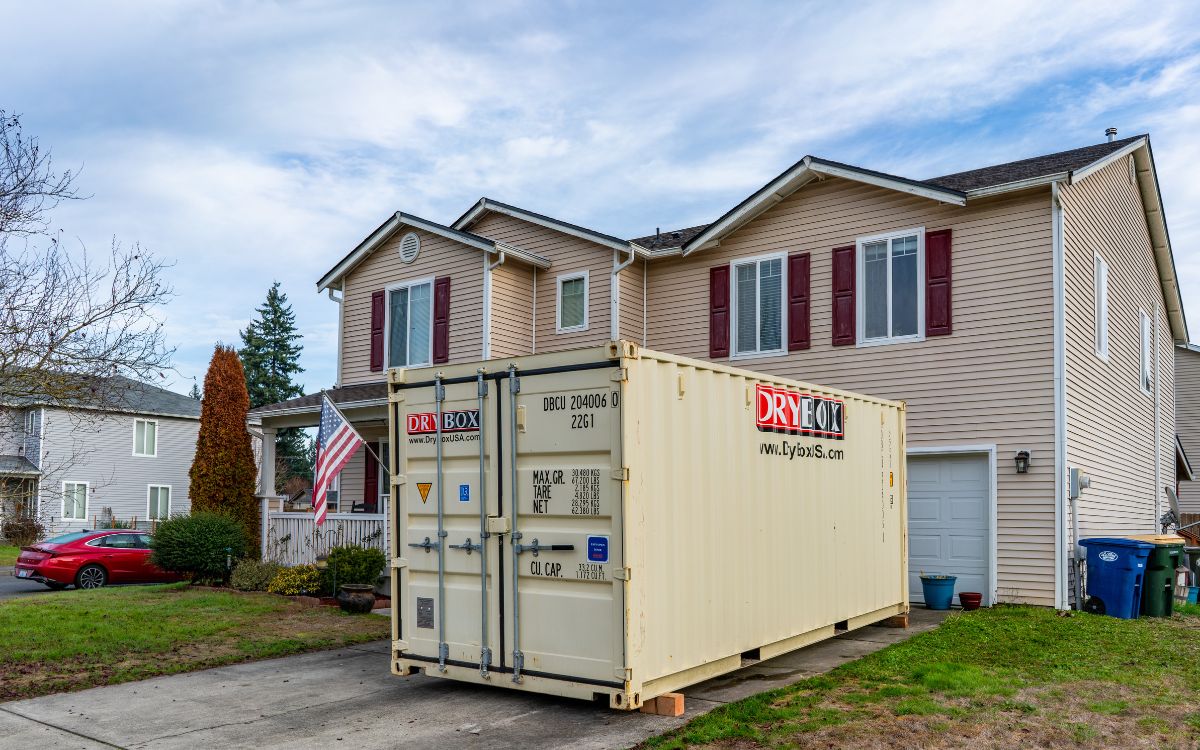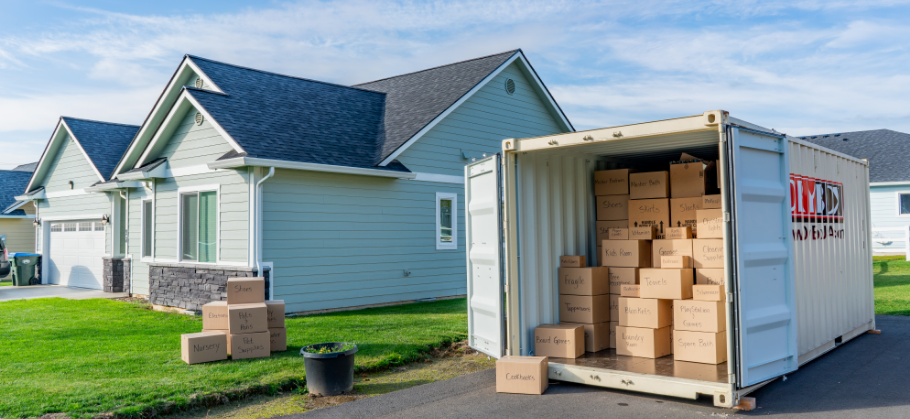How to Pack Your Dry Box Container Efficiently

Having a Dry Box container already takes off half the workload you’ll be doing—whether you’re moving, renovating, or storing seasonal items. These versatile and robust containers provide a perfect solution for all your storage needs.
However, the real challenge lies in how to pack a storage container efficiently to make the most out of the available space, all while ensuring the safety of your items.
Packing itself can be a headache, but don’t worry, we’ve got you covered.
Here’s a detailed guide to help you pack your Dry Box container like a pro!
Planning Your Packing Strategy
Before packing, take time to plan. Assess the items you need to store and categorize them by size, weight, and fragility. This preliminary step helps determine the order of packing and ensures that you have the necessary packing materials on hand.
First, create a list of all items and group them into categories such as fragile, heavy, light, and irregular shapes. Next, gather your packing materials, which should include sturdy cardboard boxes of various sizes, bubble wrap, packing peanuts, packing paper, heavy-duty tape, and markers for labeling.
Here’s how you can pack the items for each category:
| Fragile Items | Heavy Items | Light Items | Irregular Shapes |
|
|
|
|
How To Maximize Space In A Container
Making the most of your container’s space is key to fitting all your belongings securely without wasting any room.
Begin by creating a stable base with the heaviest boxes at the bottom, then stack boxes of similar sizes together. Be careful not to stack them too high to avoid any toppling.
Use the full height of the container by stacking items vertically. If needed, add shelves or pallets to create additional levels. Make sure to leave pathways for easy access to your items, and place frequently needed things near the entrance. Then, fill smaller spaces with items like shoes, books, or small boxes, and use soft items like pillows and blankets to fill any gaps.

Advanced Space Optimization Techniques
When it comes to squeezing the most out of your container’s space, a little creativity goes a long way. Knowing how to pack a storage container efficiently can make all the difference. Adding shelving units can be a game-changer for organizing smaller items.
By placing shelves along the walls, you keep the central space open for larger items. Hooks or hanging racks are perfect for tools, bags, or even bicycles—lighter items can even be hung from the ceiling if the container height allows.
Modular storage bins are another great investment; they stack neatly and, when clearly labeled, make it a breeze to find what you need.
If you need more tailored solutions, Dry Box offers custom modifications to meet your specific storage needs, including adding shelves, lighting, or even ventilation systems.
How To Secure Goods In A Container
Securing your items prevents movement during transport and keeps everything in place. To begin with, use ropes or straps to tie down large items to the container walls. This helps anchor furniture and appliances, preventing them from shifting around.
Next, make sure to seal all boxes with heavy-duty tape, giving extra attention to the bottoms of heavier boxes for added reinforcement.
Additionally, protect your belongings by using furniture pads, blankets, and cushions. By placing padding between items, you can avoid scratches and damage, ensuring your goods arrive in the same condition they left in.
How To Climate Control A Storage Container
Depending on the items you’re storing and the duration, you might need to consider climate control to protect your belongings from extreme temperatures and humidity. Go for a climate-controlled container if storing sensitive items and ensure the container maintains a stable temperature and humidity level.
Use desiccants to absorb moisture and prevent mold, and avoid placing items directly against the container walls to allow air circulation.
Final Checks
Before closing your container, perform a final check to ensure everything is packed securely and efficiently.
Here’s a checklist to help you out:
- Double-check that all items are secure and pathways are clear.
- Ensure labels are visible and boxes are easily accessible.
- Secure the container with a sturdy lock.
- Ensure the lock is in good condition and cannot be easily tampered with.
- Keep an inventory list outside the container.
- Take photos of packed items for insurance purposes.
Preparing for Transport
Transporting a packed container comes with its own set of challenges. Make sure the weight is evenly distributed to avoid tipping during transport.
If the container is on a trailer, place heavier items over the axles. Secure the container doors with locks and security seals, and inspect the container for any structural damage before transport.
Then, prepare a detailed inventory list for the transport company and take photos of the container and its contents before sealing it. This helps ensure everything is accounted for and provides a reference in case of any issues.
Conclusion
Packing your Dry Box container efficiently is essential for maximizing space and keeping your items safe and secure. With careful planning, the right materials, and a few smart strategies, you can create a well-organized storage solution that works for both short-term and long-term needs.
In a nutshell, taking the time to plan and pack thoughtfully will pay off in the long run. By sticking to these tips, you can be confident that your belongings will stay safe and in good condition, making your storage experience much smoother. The effort you put into packing now will save you time and hassle later on. Happy packing!
Ready to Pack Like a Pro?
If you’re looking to maximize space and ensure the security of your items during storage or transport, Dry Box has you covered. With our range of high-quality storage containers and expert packing tips, you’ll have everything you need for a seamless storage experience.
Whether you’re moving, renovating, or need long-term storage, our team is here to help you find the perfect container and answer any questions you might have. Contact us today to learn more about our services and how we can assist you in packing your Dry Box container efficiently. Reach out now and take the first step towards a well-organized and secure storage solution!









